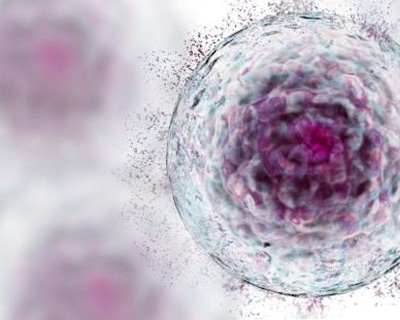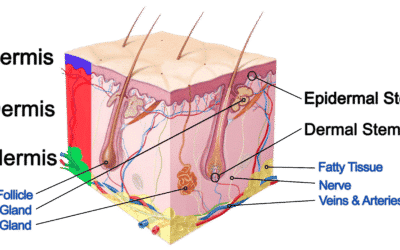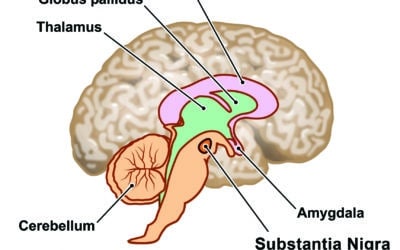INTRODUCTION
Over the past decade the world has seen an unprecedented explosion in the field of stem cell research. Hardly a week passes by without an article in one of the main printed newspapers, describing a new breakthrough involving stem cells. Stem cell research is arguably today one of the most prolific fields of science. And yet, little of the available information has reached the general population – or even the health profession – in a manner that allows people to clearly understand the basics as well as the tremendous promise of stem cell research.
And at the center of all this development in stem cell research is a fundamental question that is rarely talked about: if adult stem cells hold such a potential for tissue repair and regeneration, what about the stem cells naturally present in the bloodstream and the bone marrow? If isolating stem cells from the bone marrow and then reinjecting them in the bloodstream can hold such a potential for health, what about simply supporting the natural release of the stem cells already present in the bone marrow? What is the natural role of the stem cells normally present in the body? This line of study has led to what is referred to as Endogenous Stem Cell Mobilization: the release of your own stem cells. The purpose of this article is to describe the therapeutic potential of this approach.
WHAT IS A STEM CELL?
Stem cells are defined as cells with the unique capacity to self-replicate throughout the entire life of an organism and to differentiate into cells of various tissues. Most cells of the body are specialized and play a well-defined role in the body. For example, brain cells respond to electrical signals from other brain cells through the release of neurotransmitters, cells of the retina are activated by light and pancreatic ß-cells produce insulin. These cells, called somatic cells, will never differentiate into other types of cells or even proliferate. By contrast, stem cells are primitive cells that remain undifferentiated until they receive a signal prompting them to become various types of specialized cells.
Generally speaking, there are two types of stem cells: embryonic stem cells and adult stem cells. Embryonic stem cells (ESC ) are cells extracted from the blastula, the very early embryo, while adult stem cells (ASC) are stem cells found in the body after birth. The term “adult stem cells” does not refer to characteristics associated with adulthood. Stem cells in the bone marrow of a newborn, for example, or even stem cells found in the umbilical cord are referred to as adult stem cells.
Stem Cells – The key to better skin?
Beauty is only skin deep, as the old saying goes. Still, the skin is crucial, and beyond beauty performs a host of important functions. Keeping our skin in good condition may seem vain, but research shows that younger skin plays an important role in overall health...
How Stem cells could help repair the brain
Traditionally, the scientific view was that the brain is not able to regenerate. However, newer research suggests otherwise. In this article, we will look at new studies which suggest that the brain can regenerate using stem cells, the building blocks of our body...
Stem Cells : The Science of Youth
There are legends of a fountain of youth with waters imbued to provide the gifts of anti-aging and longevity to anyone who discovers its whereabouts. It’s no surprise really, who isn’t looking for a way to feel and look more youthful? Maybe there isn’t a hidden...








